Exploring Tokyo Posted by sasha on Mar 15, 2017 in Culture
The capital of Japan, Tokyo is not only a massive, sprawling city, but it’s also the largest metropolitan area in the world. It’s officially known as Tokyo Metropolis (東京都 – Tōkyōto), which came to be in 1943 when the prefecture merged with the city. What used to be considered the city of Tokyo remains in the form of 23 special wards (特別区 – Tokubetsu-ku). These special wards are each self-governed, but the metropolitan government still provides them with services such as supplying water and handling fires. The fact that Tokyo is composed of these unique cities inside of a city makes it that much more interesting to explore – hop on the subway and bounce from one ward to the next, and you’ll feel like you’re in a completely different place. Let’s see how many of the special wards you can hit in a jam-packed day exploring Tokyo.
Chuo
Begin your busy day in Tokyo bright and early in Chūō (中央区). Here you’ll find one of the highlights of a visit to the Japanese capital – the Tsukiji Fish Market (築地市場 – Tsukijiichiba). It’s the biggest wholesale fish and seafood market on the planet. Carrying everything from tiny sardines up to massive tuna, it’s a fascinating place to visit. If you’d like to check out a tuna auction, you’ll have to be there at the ridiculous hour of 4:30 to register.
The action starts to wind down by 9, so try to get there a bit earlier even if you don’t plan on seeing the auction. No visit here would be complete without sitting down in one of the many restaurants that surround the market for an epic sushi breakfast.
Taito
Having gotten your sushi fill, head to Taitō (台東区) and drop by Asakusa (浅草), where you’ll find one of Japan’s most famous temples, Sensō-ji (浅草寺). This ancient Buddhist temple dates back to 645, and it attracts plenty of tourists every day. Outside of the temple grounds, you’ll find a long street lined with shops and restaurants. Relax with a cup of tea and a hot bowl of noodles, and sit back to enjoy the people watching.
While you’re in the area, you might as well check out Ueno (上野), where you can get your culture on at the Tokyo National Museum (東京国立博物館 – Tōkyōkokuritsuhakubutsukan).
Chiyoda
Next, head to Chiyoda (千代田区) and pay a visit to the Imperial Palace (皇居 – Kōkyo), the main residence of the Emperor of Japan. Although the palace is almost always closed to the public, the gardens surrounding it are open and are certainly worth seeing.
This ward also features Akihabara district (秋葉原), which is full of electronics, anime, and the Japanese sensation pachinko (パチンコ). Go shopping for some of Japan’s famed cameras, pick up some anime souvenirs, take a detour into the strange world of Japanese sex shops, and then play a few rounds of classic arcade games such as Michael Jackson’s “Moonwalker.”
Shibuya
Finally, head over to Shibuya (渋谷区), an especially vibrant area where you can really feel the pulse of Tokyo. Before the sun goes down, stroll through the grounds of the Meiji Shrine (明治神宮 – Meidjijingū), another one of Tokyo’s notable temples. Right next door, get lost in the maze of Japanese youth culture that is Harajuku (原宿). The best time to visit is Sunday, when hordes of young Japanese gather here to show off their unique fashion.
As the day turns into night, head to Shibuya station, where you’ll find the busiest intersection in the world. Grab a cup of coffee and head to the second floor of Starbucks, where you’ll get a great view of the madness unfolding below every time the lights turn from red to green.
Rejuvenated from a nice dose of caffeine, you should be ready to take on the nightlife of Tokyo. With countless bars and clubs, there are numerous options for you to dance and drink the night away. Just make sure you get on the last subway back to your accommodations, or you’ll end up paying for a rather expensive taxi. Of course, you could always just stay out all night until the trains start running again…
Have you ever been to Tokyo? What did you do there? Leave us a comment and let us know!

Build vocabulary, practice pronunciation, and more with Transparent Language Online. Available anytime, anywhere, on any device.



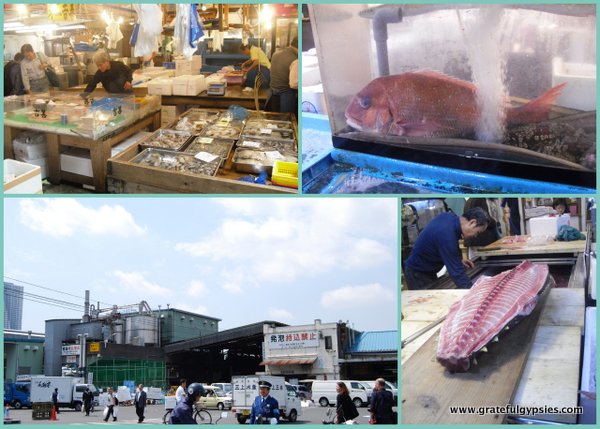
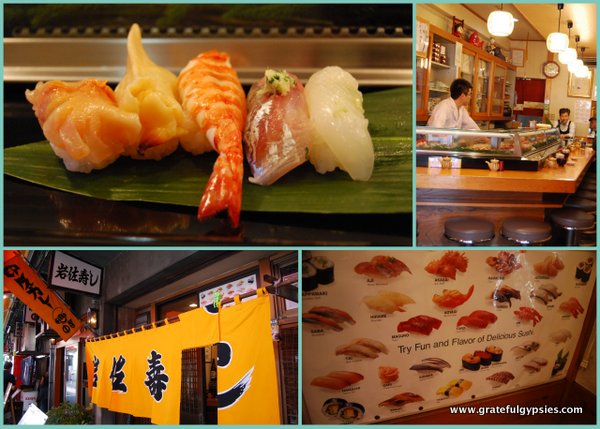
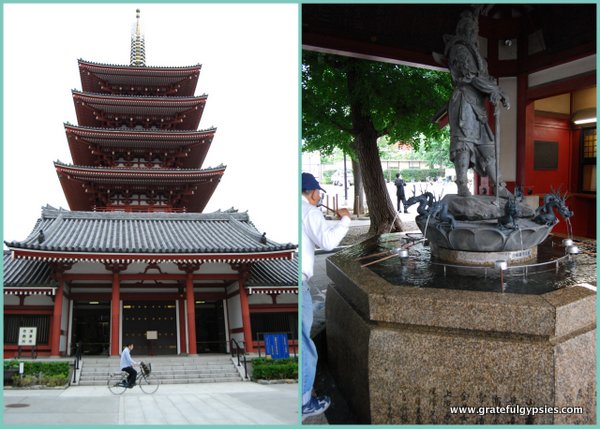
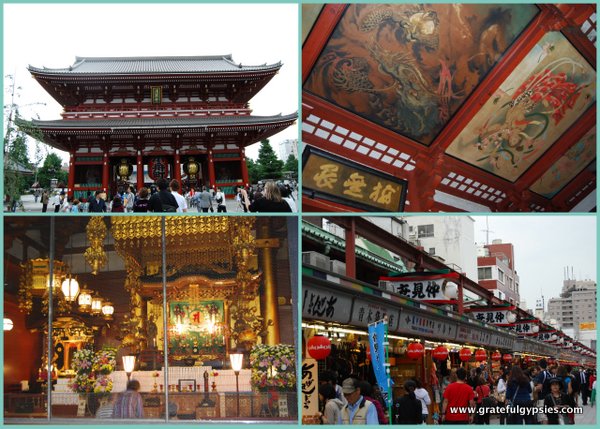
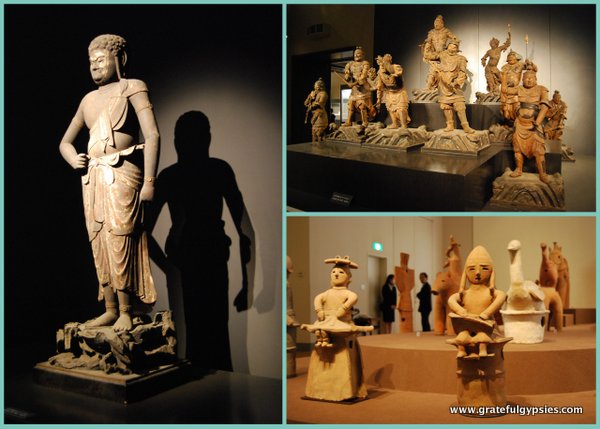


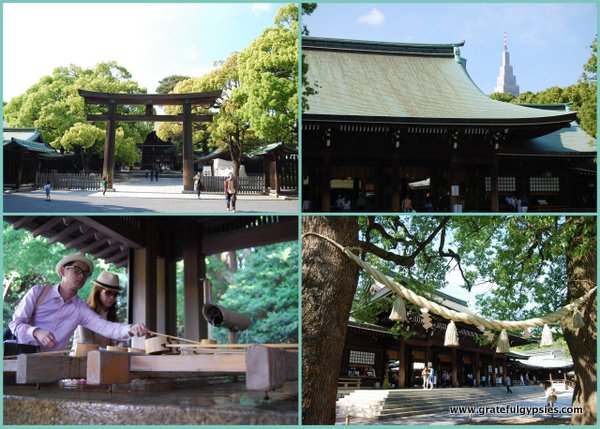
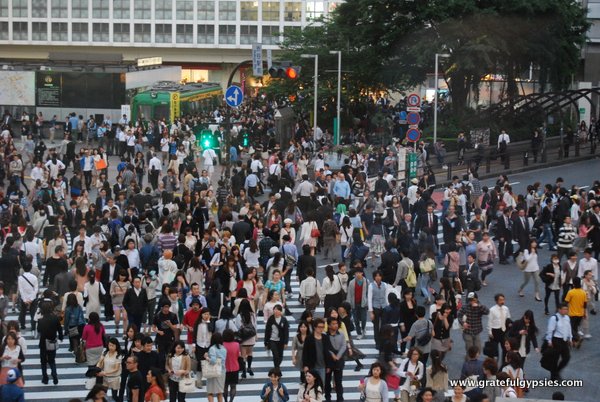
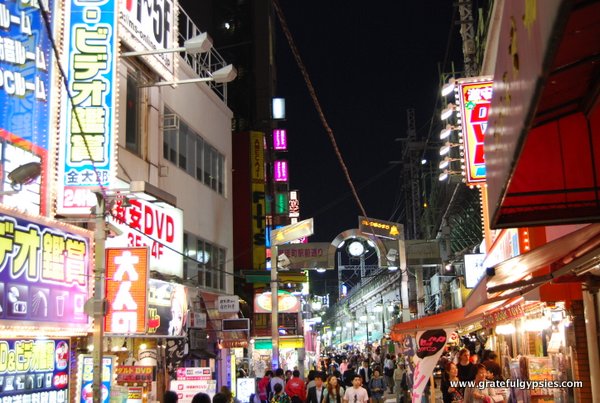

Comments:
Bob:
Hi,take the train from Shibuya to Shimokitazawa ,especially on weekends .Lovely shopping area ,quite trendy for youngsters and a great cafe called Parfun.Check it out !.
Skip Parker:
I went to Ueno Park during the Cherry Blossom festival. People were having picnics, drinking sake, some artists were drawing pictures, while other folks were walking and enjoying the trees in bloom. Also went to the east side of the city to the Kokugikan and saw the Grand Sumo tournaments in January, May, and September. There was an Emperor’s cup competition (also Sumo) in February, which I attended. The Kitchen district (Douguyasuji) was something I could not have imagined, with statues of chefs on top of buildings and every kind of kitchen tool and instrument one could imagine. There was a lot more to see and a lot more I did see. Tokyo is a fascinating place.